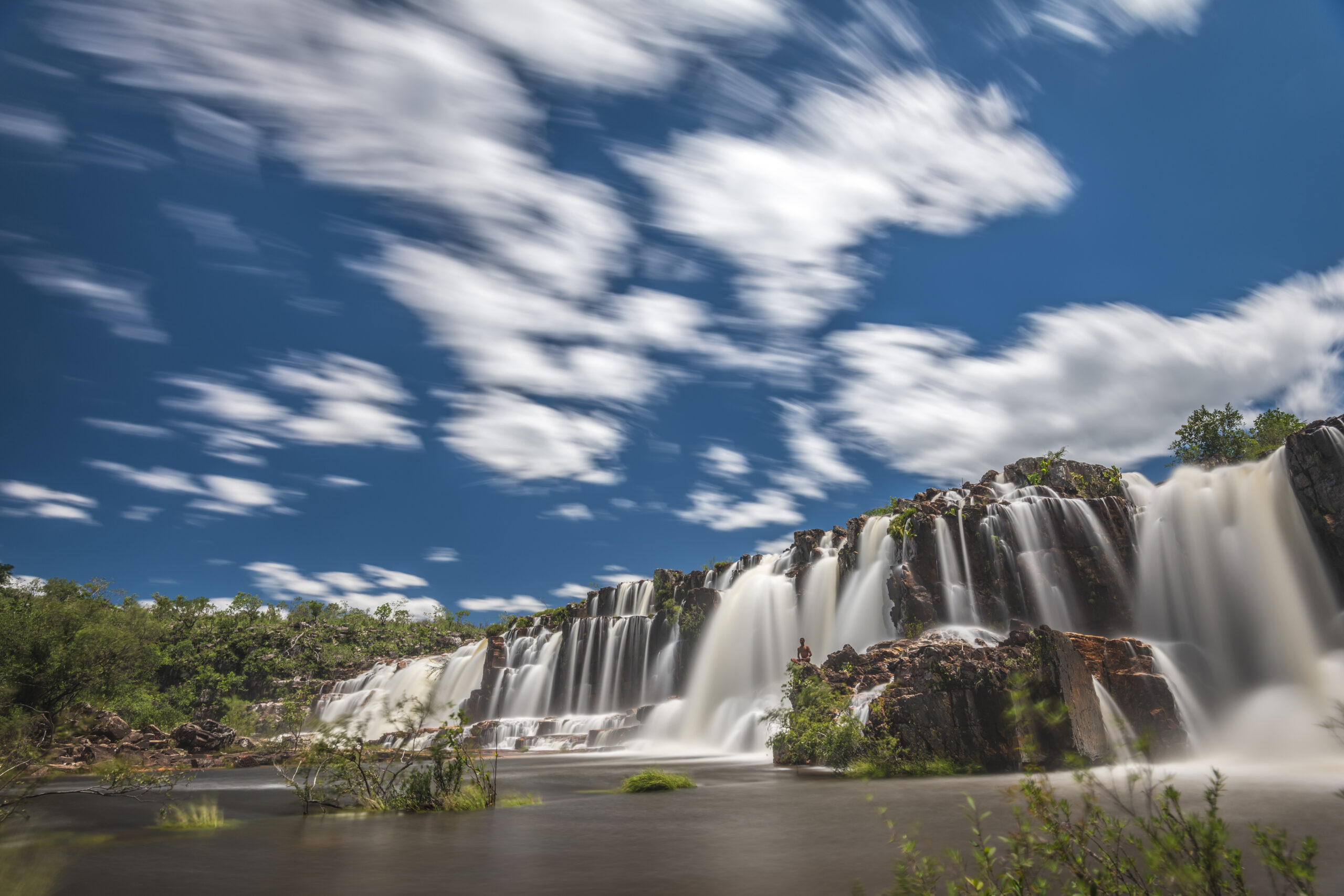
When thinking of Mexico, there’s always a big question for nature and adventure lovers: “Which paradise should I choose for my vacation?” Boasting beaches with turquoise waters, tropical and cloud forests, wetlands, deserts and shrublands, there is always something spectacular in one of the world’s diverse countries.
For years, travelers in search of beautiful beaches flew to the famous Cancun for vacation. Little by little, they started migrating south to the fantastic, more remote Riviera Maya, now also a hot spot for Mexican tourism. Likewise, tourists have discovered the charms of Baja California, which, though located on the opposite side of the country, on the Pacific Ocean, has its own breathtaking landscapes. The truth is that, with so many attractions, it’s almost impossible to choose a favorite destination.
Read more: Best Mexican destinations in the post-pandemic world
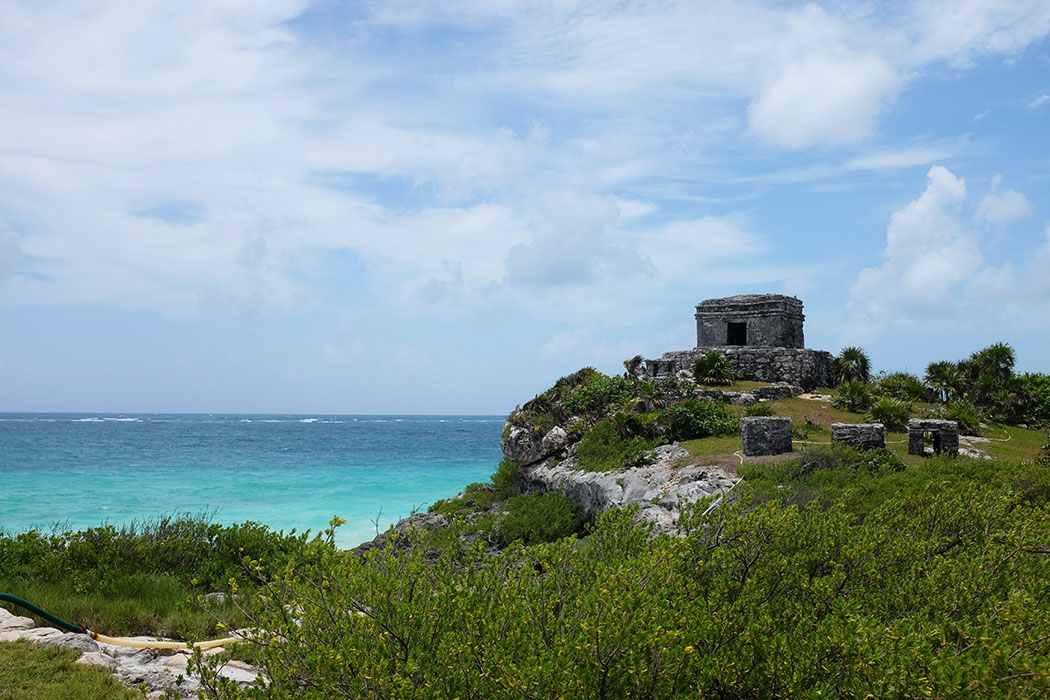
Escaping into Nature in the Riviera Maya
Just south of the bustling city of Cancun, stretching alongside the Caribbean coastline in the state of Quintana Roo, on the Yucatán Peninsula, the Riviera Maya represents an alternative for those looking for an immersion in nature far from civilization. Although its resort cities also offer interesting nightlife, with top-notch restaurants and tempting little shops, the great benefit of the Riviera Maya is the escape into nature. The stretch that runs between the cities of Puerto Morelos and Tulum, passing through Playa del Carmen and Akumal, has stunning beaches, crystal waters and lush wildlife, as well as rich cultural history and archaeological sites. No wonder it’s known as the Mayan Riviera.
Even tourists who just want to relax on the beach can’t resist visiting the popular Mayan ruins, such as Cobá, Muyil and Tulum, or the over 2,500 cenotes (*) that appear to be magical creations of nature. Other can’t-miss adventures include exploring the Sian Ka’an Biosphere Reserve and its communities and deep (or shallow) diving to discover the Mesoamerican Barrier Reef, the second-largest in the world with nearly 500 species of fish, dolphins and turtles.
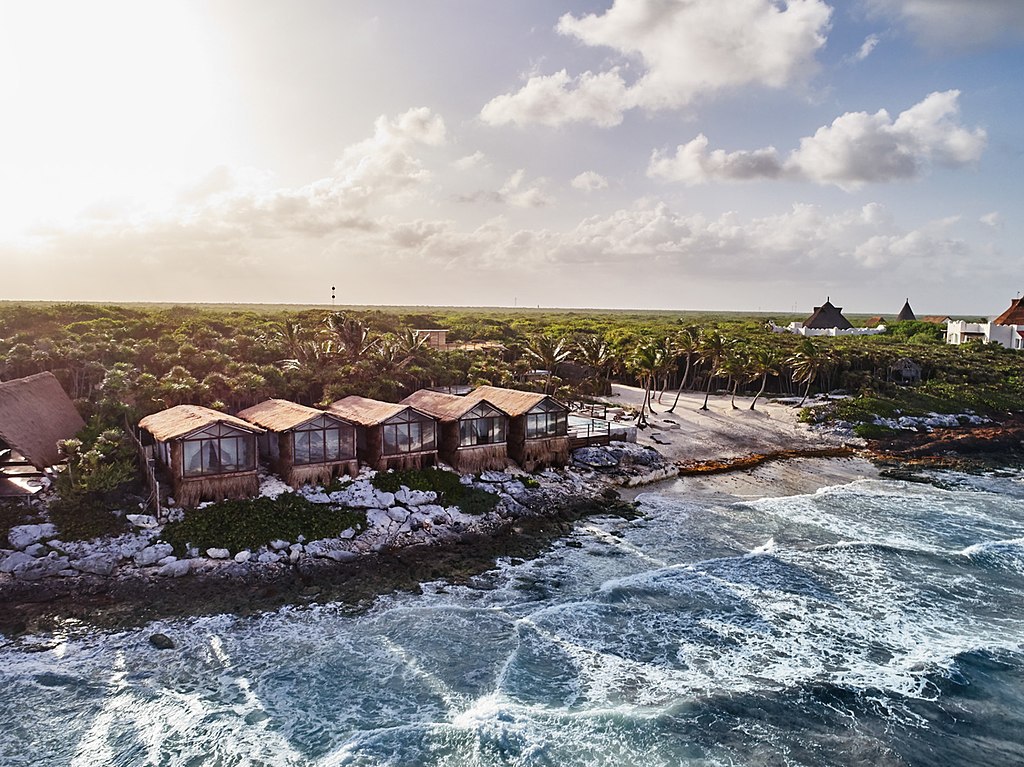
In addition to its natural and cultural attractions, the Riviera Maya is also known for its luxury resorts and hotels catering to travelers of all sorts, including families, wellness travelers and genuine ecotourists. These include the charming, tucked-away boutique hotel and wellness retreat Habitas Tulum , a refuge designed to coexist with nature that invites travelers to an ultra-conscious experience.
Overlooking the ocean and surrounded by jungle, but just minutes from the city, Habitas is a haven for well-being. Its diverse experiences are driven by the inspiration of six pillars: Art & Culture, Wellness, Adventure, Learning, Food & Beverage and Music. The oceanfront rooms, jungle rooms, pool rooms and ocean breeze rooms are all built with natural palapa roofs, canvas walls and outdoor rain showers. This is a hotel for those looking to enjoy the magical side of the Riviera Maya in a responsible, transformative way.
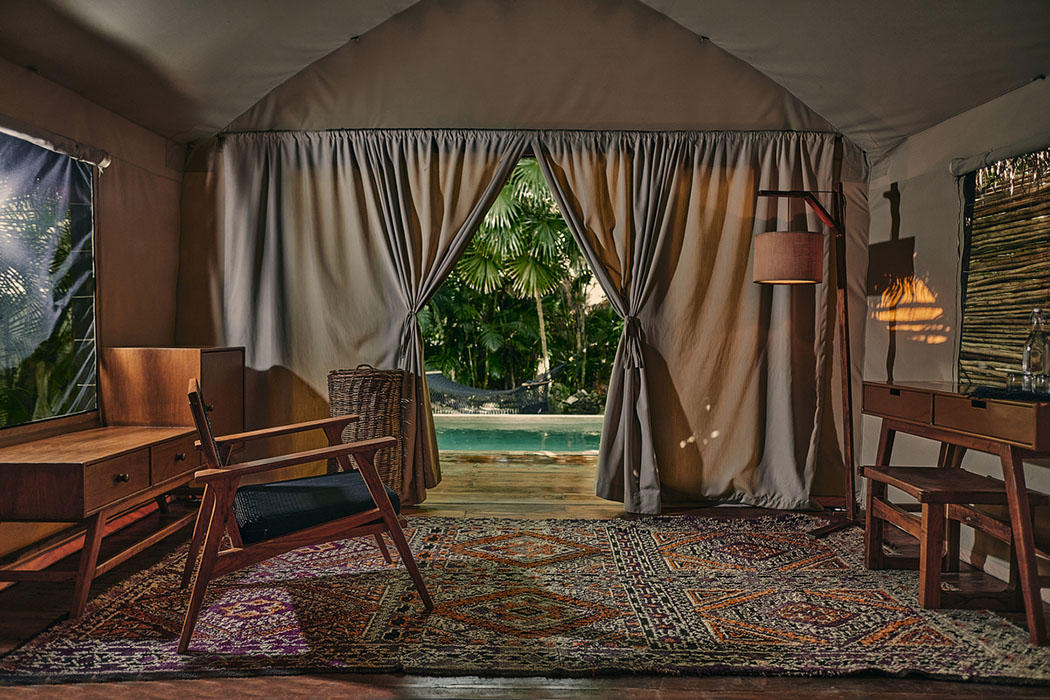
For those who intend to extend the experience beyond the Riviera Maya and visit the still pristine nature of Bacalar, Habitas Bacalar offers a different, memorable experience.
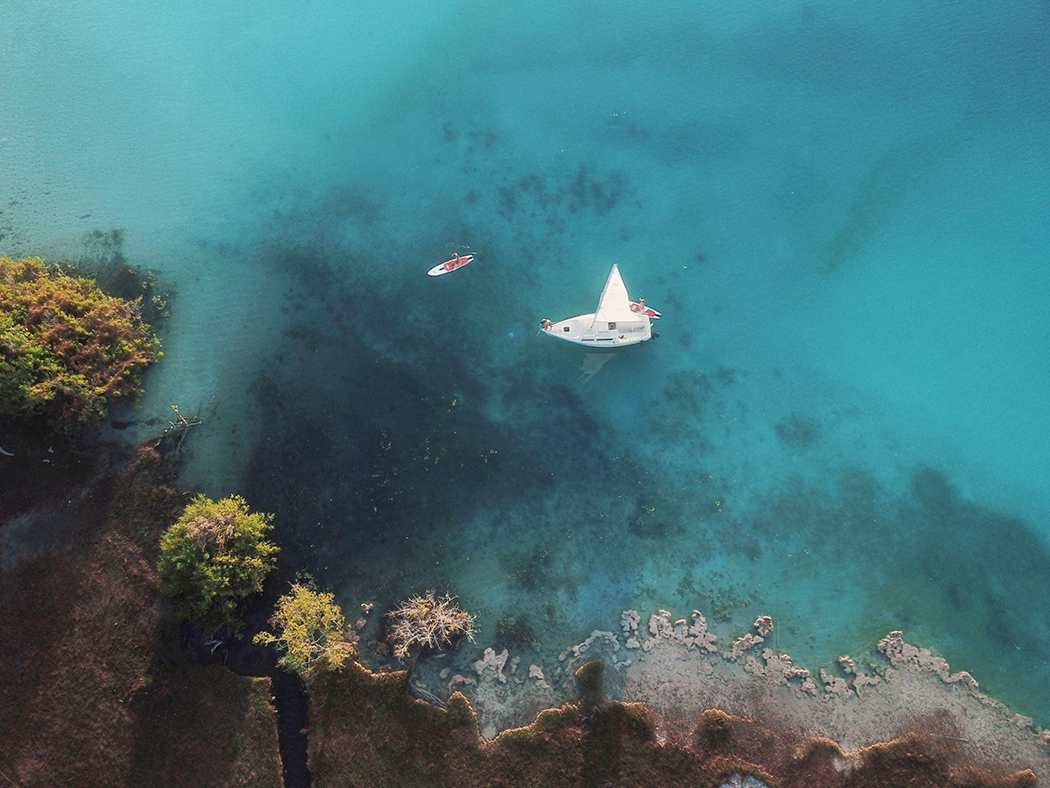
The Wonders of Baja California Sur
On the other side of the country, on a peninsula between the North Pacific Ocean and the Gulf of California, lies the tranquil state of Baja California Sur, a paradise for scuba divers and practically all types of travelers. Baja, as it is affectionately called, is also a popular destination due to its cinematographic beaches and islands, the diverse marine life and trendy resort towns like Cabo San Lucas, Todos Santos, Loreto, La Paz and San Jose del Cabo. The state is also home to several indigenous communities, including the Cochimí, Pericú, and Guaycura peoples.
What many people don’t know is that Baja California Sur is also a special destination for visiting vineyards and tasting incredible wines, hiking, cycling, horseback riding, learning about traditional handicrafts, participating in cooking classes and exploring the desert and mountain landscapes.
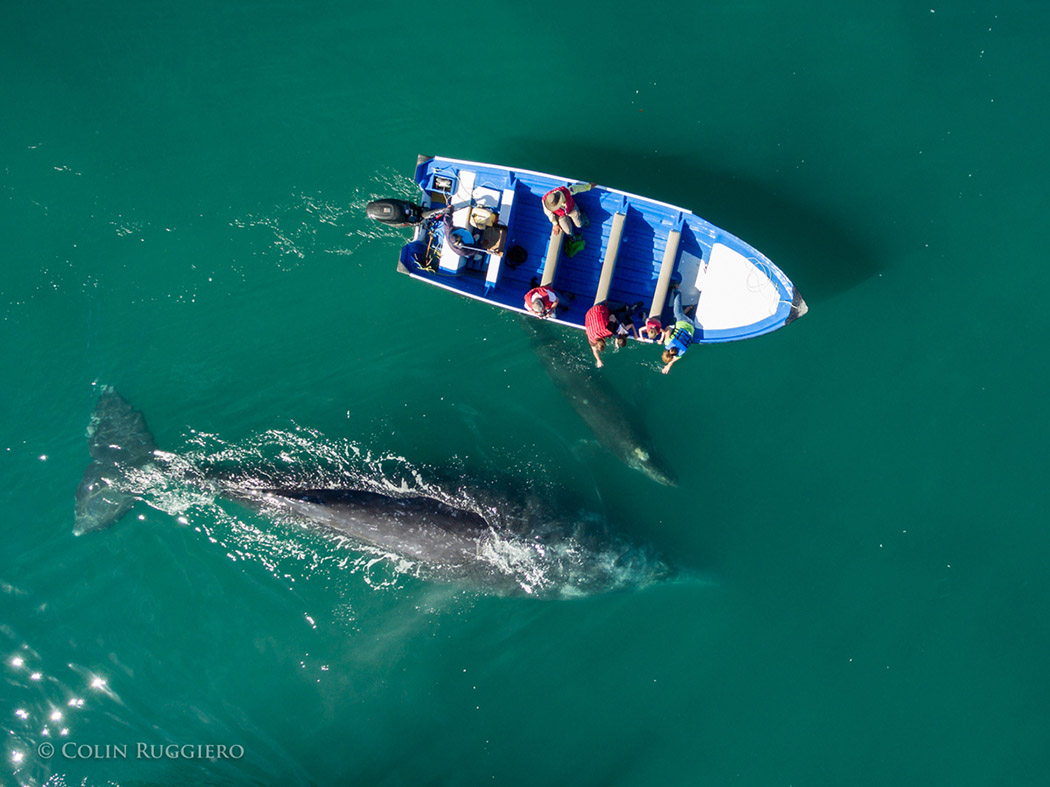
One of the best, safest ways to explore Baja California Sur and its diversity and enjoy all these activities is with REMOTE Community member and local expert Todos Santos Eco Adventures (TOSEA), which has been crafting custom-designed adventures that incorporate specific interests, including natural history, art, wildlife, cuisine, culture and conservation, for over 20 years. TOSEA also organizes surfing camps for women, special family adventures, unique, whale-watching experiences, responsible swimming with sea lions and charming glamping stays.
The peninsula is approximately 760 miles long and has a variety of small destinations that offer different attractions. So hiring a local expert company to explore the region is essential for you to optimize your time and guarantee experiences that will meet each traveler’s expectations. In addition to one-day experiences, Todos Santos Eco Adventures offers multi-day trips with strong conservation and sustainable travel credentials.
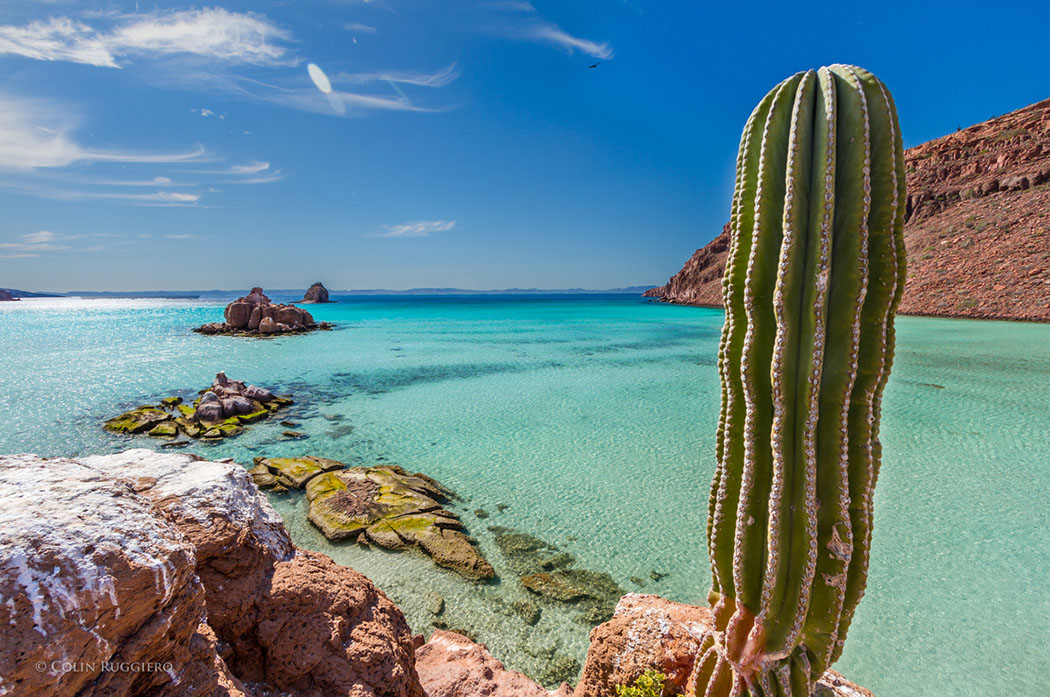
Part of the company’s portfolio, Camp Cecil de la Isla is a lavish, all-inclusive glamping experience located on one of the most beautiful beaches on Espiritu Santo Island, a UNESCO World Heritage Site close to La Paz. Travelers can wake up to the sunrise by the Sea of Cortez, named “the aquarium of the world” by French explorer Jacques Cousteau. The dome tents with real beds are the starting point for a series of adventures, including kayaking, whale watching and swimming with sea lions.
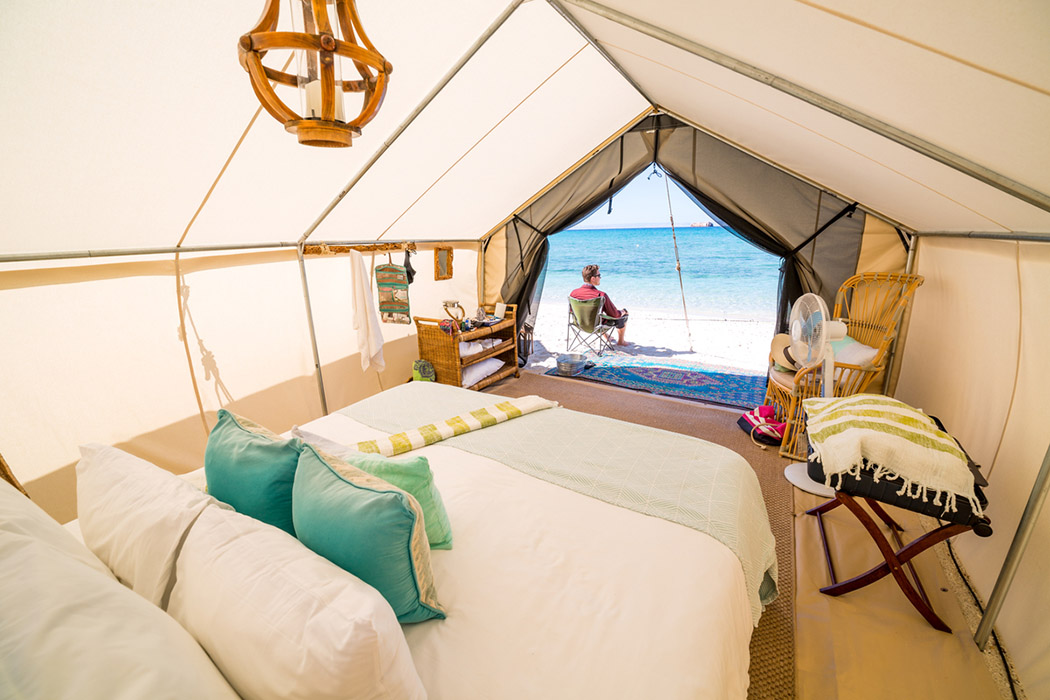
A few miles away, in the Sierra La Laguna Biosphere Reserve, where more than 70 species of birds soar over a lowland rainforest and a pine-oak forest, lies the secluded Camp Cecil de la Sierra . Here, travelers will find a comfortable family ranch with local hosts and guides who also provide spectacular traditional food. Fully equipped tents immersed in nature invite guests to a different, relaxing experience, which can also include hikes in the reserve, swimming in waterholes, bird watching, stargazing and picnicking by the waterfalls.
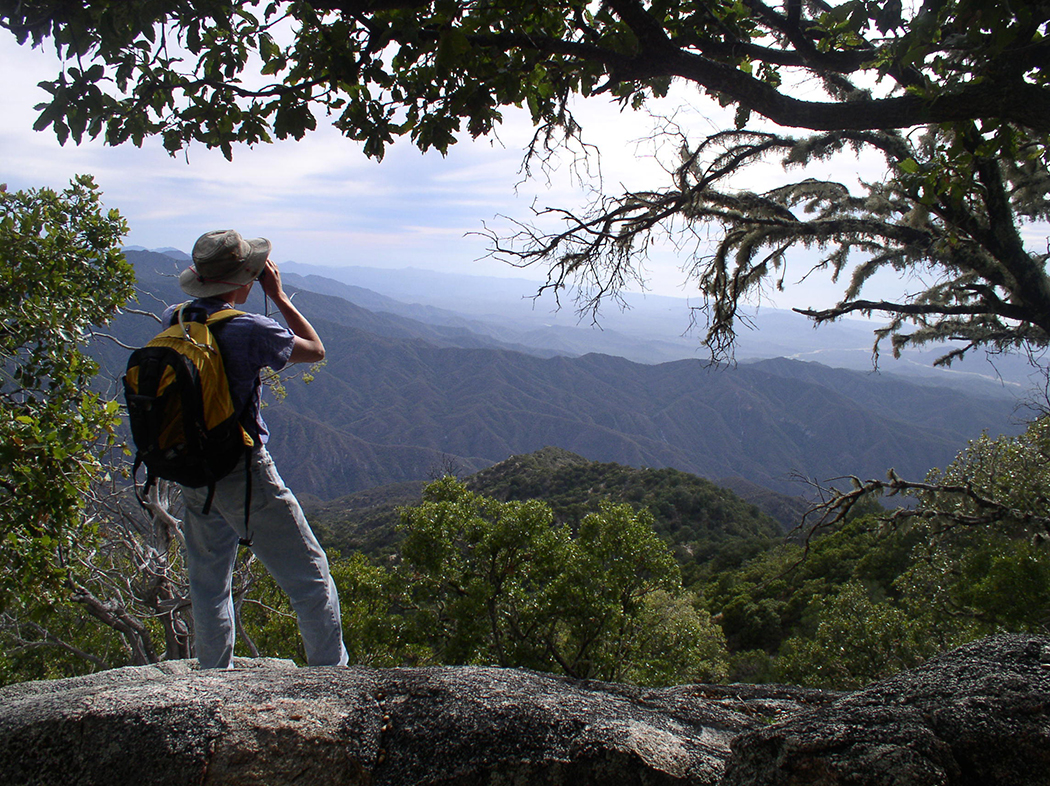
* A cenote is a semi-open limestone cave or sinkhole that is formed when limestone bedrock collapses and exposes the groundwater underneath.

